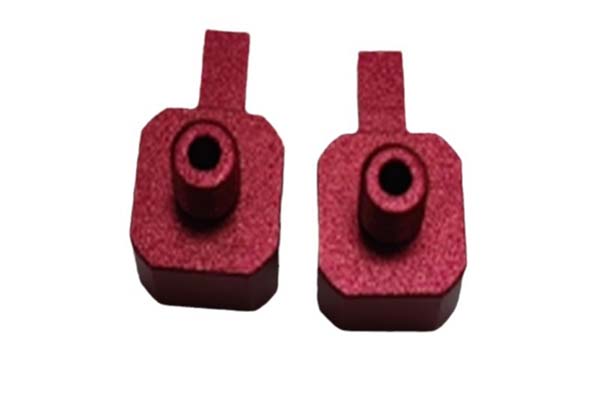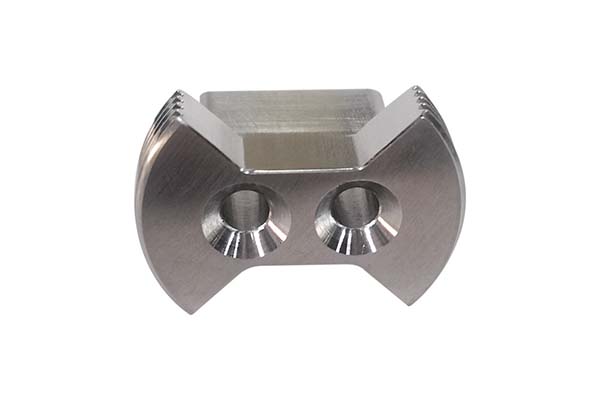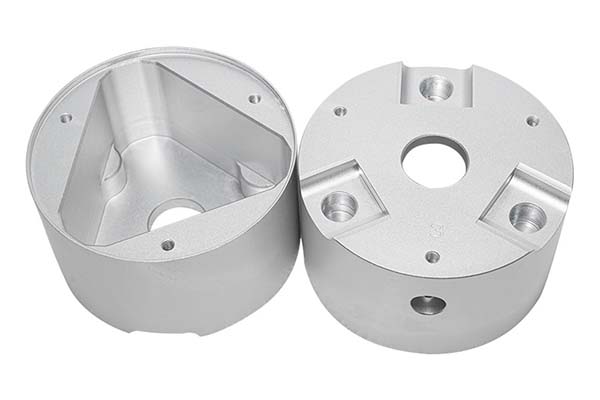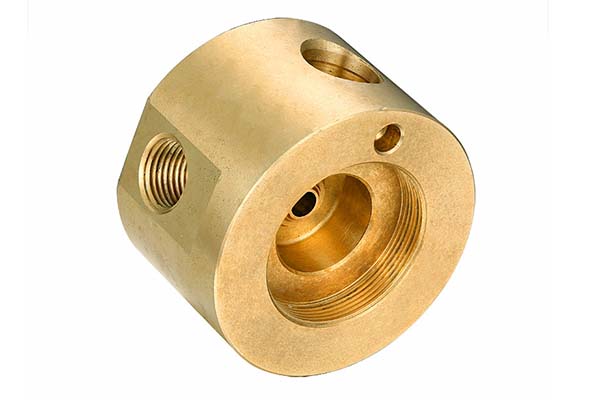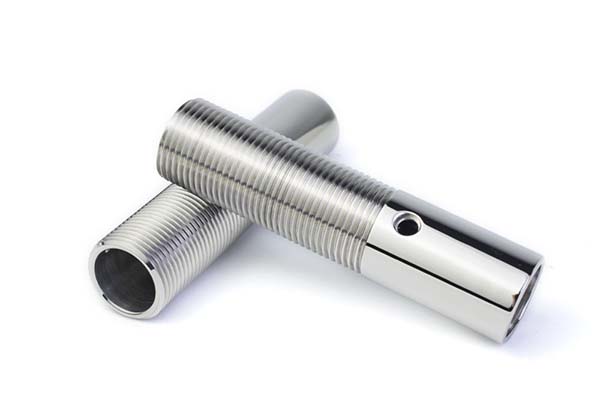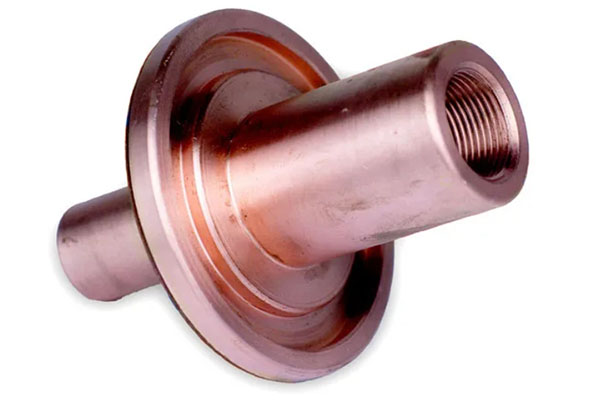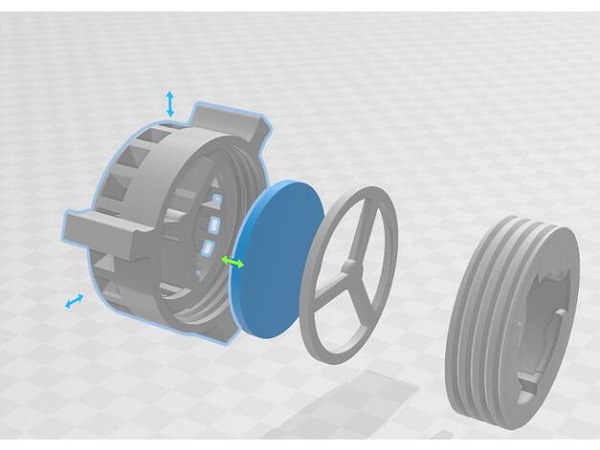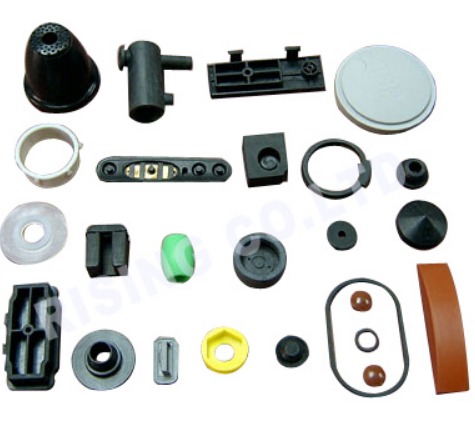Traditional bending methods often leave manufacturers frustrated. Manual bending can result in inconsistent angles, parts that don’t fit together, and wasted materials—especially when working with complex shapes or high-volume orders. Whether you’re making automotive parts or furniture frames, these issues slow down production and hurt profits. This is where CNC bending steps in. But what makes CNC bending so effective, and how does it solve these common problems? Let’s explore every aspect of this technology.
1. CNC Bending Technology
1.1 The Core of CNC Bending
At its heart, CNC Bending Technology uses Computer Numerical Control (CNC) to automate the bending process. Unlike manual bending, where operators adjust machines by hand, CNC systems follow pre-programmed instructions to bend materials with incredible accuracy. This bending automation eliminates the guesswork, ensuring each part is identical.
1.2 Integration with CAD/CAM and Control Systems
CAD/CAM integration is a key feature. Engineers design the bent part in CAD software, which is then converted into machine-readable code via CAM. This code generates toolpath programming—the exact path the bending tool will take. Bending algorithms within the software account for factors like material thickness and springback (the tendency of materials to unbend slightly after bending), making adjustments automatically.
CNC control systems act as the brain, monitoring every step of the process. Operators can tweak settings in real time, but the system ensures consistency across batches. For example, bending a stainless steel bracket for aerospace use requires precise angles—CNC systems can hit those angles within ±0.1 degrees, far more accurate than manual methods.
2. Types of CNC Bending Machines
2.1 Press Brakes and Sheet Metal Benders
CNC press brakes are the workhorses of sheet metal bending. They use a punch and die to bend flat sheets into shapes like L-bends or U-bends. A CNC sheet metal bender (a type of press brake) is ideal for parts like automotive body panels or electronics enclosures. These machines can handle sheets up to several meters long with ease.
2.2 Tube and Roll Benders
CNC tube benders specialize in bending pipes and tubing without kinking them. They’re used in industries like plumbing (for copper pipes) or automotive (for exhaust tubes). CNC roll benders shape metal into curved forms, such as the rounded edges of a fuel tank or the frame of a bicycle.
2.3 Specialized Bending Machines
CNC angle benders bend metal angles (L-shaped profiles) commonly used in construction. CNC bending centers combine multiple functions, like cutting and bending, into one machine, streamlining production. CNC robotic bending systems use robots to load and unload materials, perfect for high-volume manufacturing where speed is critical.
3. Materials Suitable for CNC Bending
3.1 Metals and Alloys
Metals like steel, aluminum, and stainless steel are widely used in CNC bending. Aluminum bends easily and is lightweight, making it great for furniture or aerospace parts. Steel offers strength, used in structural components for buildings. Alloys such as titanium (strong and corrosion-resistant) or brass (malleable) are also bendable, though they require adjusted settings—titanium, for example, needs more force than aluminum.
3.2 Plastics and Composites
While less common, some plastics like PVC and ABS can be CNC-bent with heat to soften the material. Composite materials (e.g., carbon fiber reinforced plastics) are bendable too, though they need careful handling to avoid cracking.
3.3 Forms of Materials
CNC bending works with various forms: sheet metal (flat sheets), tubing and piping (hollow cylinders), and profiles (shaped metals like angles or channels). For example, bending a steel channel for a construction beam requires a machine that can handle the profile’s shape without distorting it.
4. CNC Bending Applications
4.1 Automotive and Aerospace
In automotive manufacturing, CNC bending creates parts like door frames, bumper supports, and exhaust pipes. The consistency ensures each part fits perfectly during assembly. Aerospace components—such as the brackets that hold wiring in a jet—demand precision, and CNC bending delivers angles that meet strict safety standards.
4.2 Construction and Furniture
Construction and architecture use CNC-bent metal for structural elements like roof trusses or window frames. In furniture making, aluminum or steel tubing is bent into chair legs or table frames, with smooth curves that enhance aesthetics.
4.3 Electronics and Medical Devices
Electronics enclosures (like the metal case of a server) are bent to protect internal components. Medical devices such as wheelchair frames or surgical instrument holders rely on CNC bending for precise, sterile parts that meet regulatory requirements.
5. CNC Bending Processes and Techniques
5.1 Air Bending and Bottoming
Air bending is the most common technique. The punch presses the sheet metal into the die but doesn’t reach the bottom, leaving space (air) between the sheet and die. This allows for flexible angle adjustments without changing the die. Bottoming involves pressing the sheet all the way into the die, resulting in tighter angles with less springback—ideal for parts that need exact dimensions.
5.2 Coining and Rotary Draw Bending
Coining uses high force to shape the metal, leaving a permanent impression of the die. It’s used for parts that need zero springback, like precision gears. Rotary draw bending is for tubing: the tube is clamped, then drawn around a die to create smooth bends—critical for exhaust pipes where kinks would restrict flow.
5.3 Roll Bending and Springback Compensation
Roll bending (using three rolls) creates curved shapes, such as the cylindrical body of a pressure tank. Springback compensation is a key technique—CNC systems calculate how much a material will unbend after bending and adjust the angle accordingly. For example, if a part needs a 90-degree angle and springback is 2 degrees, the machine bends it to 92 degrees to get the desired result.
6. Advantages of CNC Bending
6.1 Precision and Consistency
High precision is a standout benefit. CNC bending achieves angles within ±0.1 degrees, ensuring parts fit together seamlessly. Consistency and repeatability mean the 100th part is identical to the first—critical for assembly lines. A study found that CNC bending reduces part variation by up to 90% compared to manual methods.
6.2 Efficiency and Cost Savings
CNC bending handles complex geometries that manual bending can’t, like multiple bends in a single part. This reduces the need for secondary operations. Reduced human error cuts down on waste, saving materials. For large volumes, cost-effectiveness shines—automation lowers labor costs, and faster production speeds up time-to-market.
6.3 Enhanced Surface Finish
CNC machines handle materials gently, reducing scratches or dents. This enhanced surface finish is ideal for visible parts like furniture or consumer products, reducing the need for post-processing.
7. CNC Bending vs. Traditional Bending
| Aspect | CNC Bending | Traditional Bending |
| Precision | ±0.1 degrees | ±1–2 degrees |
| Consistency | Identical parts | Variations between operators |
| Speed | Fast (up to 500 bends/hour) | Slow (20–50 bends/hour) |
| Complexity | Handles multiple bends easily | Limited to simple shapes |
| Labor Costs | Low (1 operator for multiple machines) | High (1 operator per machine) |
| Waste | 5–10% material waste | 15–25% material waste |
| Skill Requirements | Basic training for operators | Skilled craftsmen needed |
CNC bending outperforms traditional methods in precision, speed, and cost for large batches. Traditional bending may work for small, simple jobs but lacks the reliability of CNC for complex or high-volume parts.
At Yigu Technology, we leverage CNC bending for plastic and metal parts. Our CNC press brakes and tube benders deliver precise, consistent results—whether bending aluminum enclosures or stainless steel medical components. With CAD/CAM integration and springback compensation, we ensure parts meet your specs every time. Trust us to streamline your production and reduce costs.
FAQs
1. How much does a CNC bending machine cost?
Costs range from \(20,000 for a small press brake to over \)500,000 for a robotic bending system. The price depends on size, capacity, and features. For most small to medium businesses, a mid-range press brake (\(50,000–\)150,000) is sufficient.
2. What’s the maximum thickness of material CNC bending can handle?
It depends on the machine. A typical press brake can bend steel up to 10 mm thick, while heavy-duty models handle up to 50 mm. Aluminum, being softer, can be thicker—up to 25 mm with a standard machine.
3. How long does it take to program a CNC bending machine?
Simple parts take 10–30 minutes to program using CAD/CAM software. Complex parts with multiple bends may take 1–2 hours. Once programmed, the machine can run unattended, making setup time negligible for large batches.
